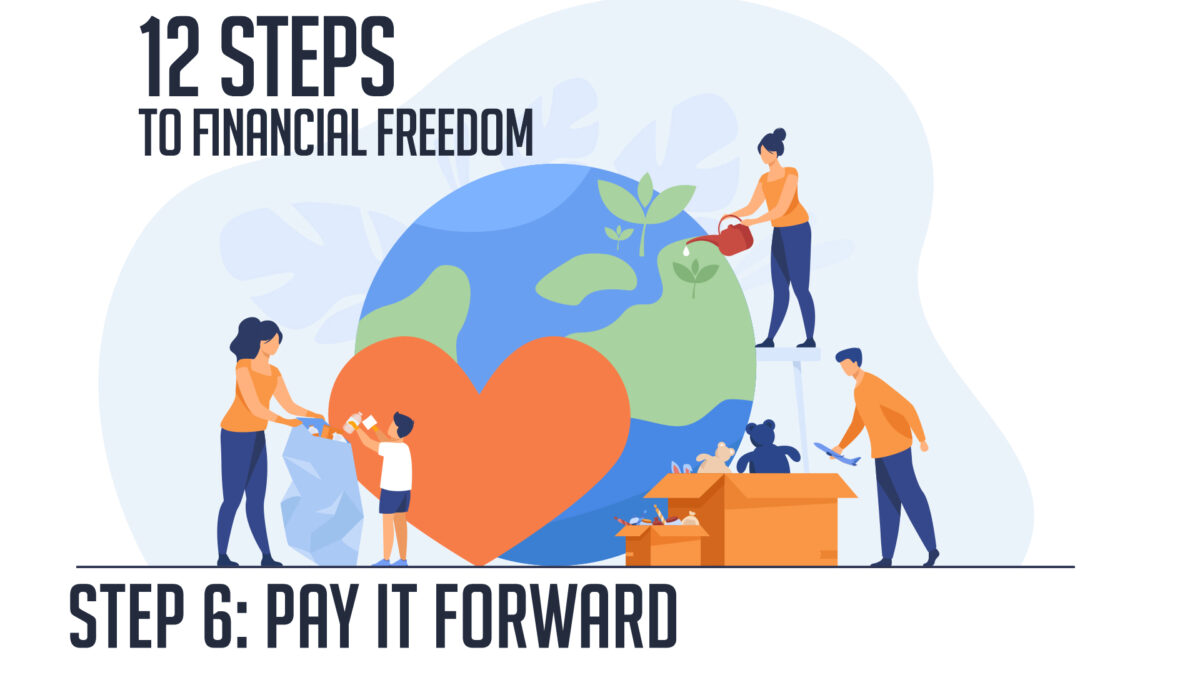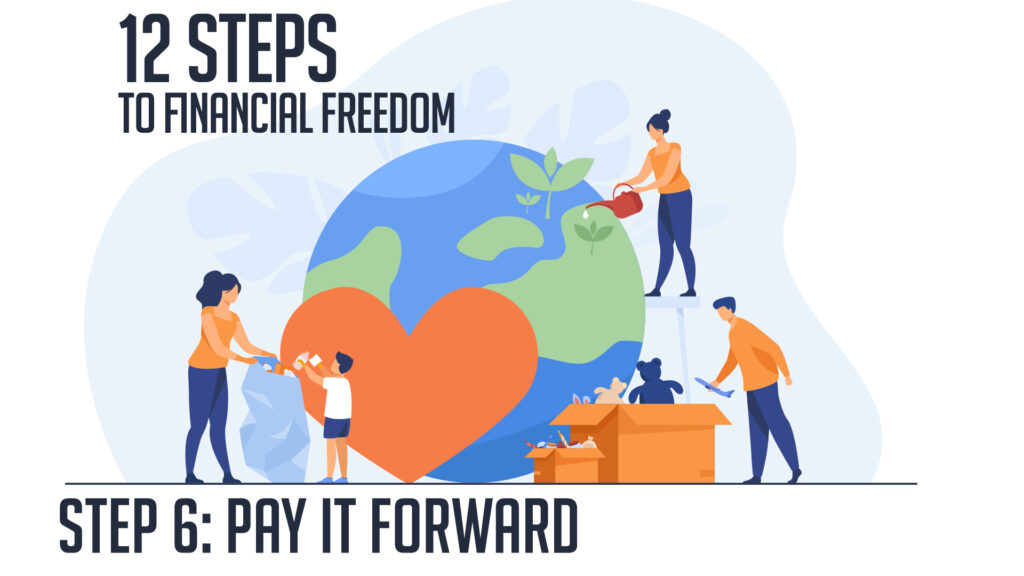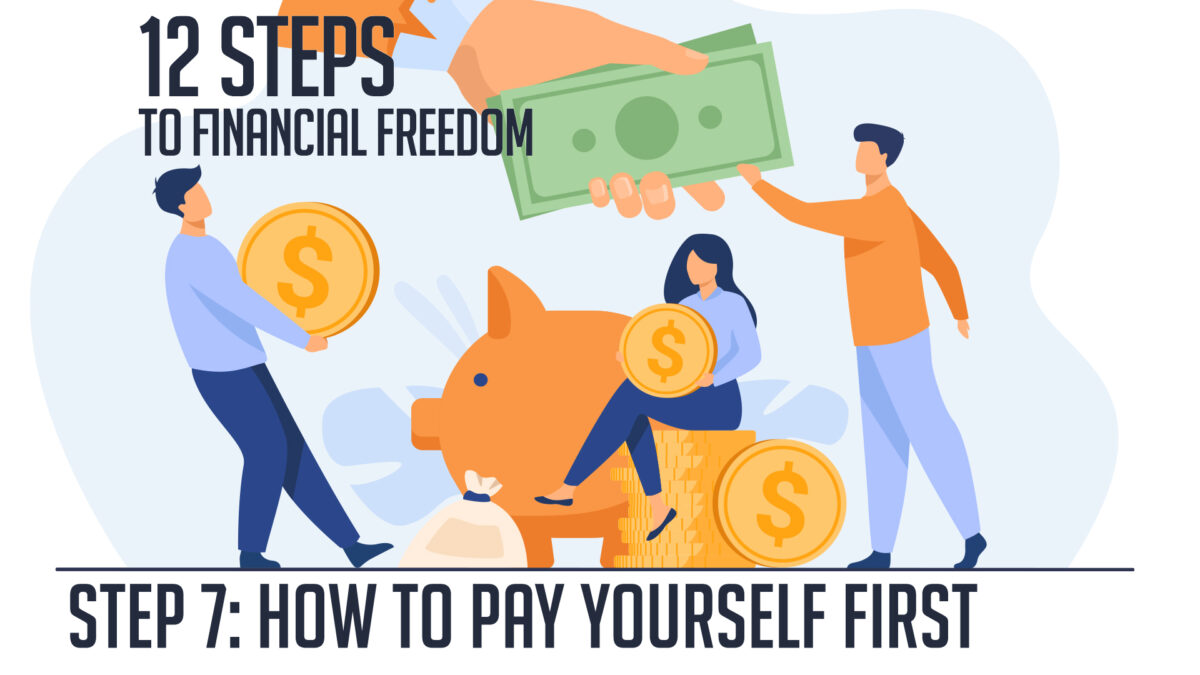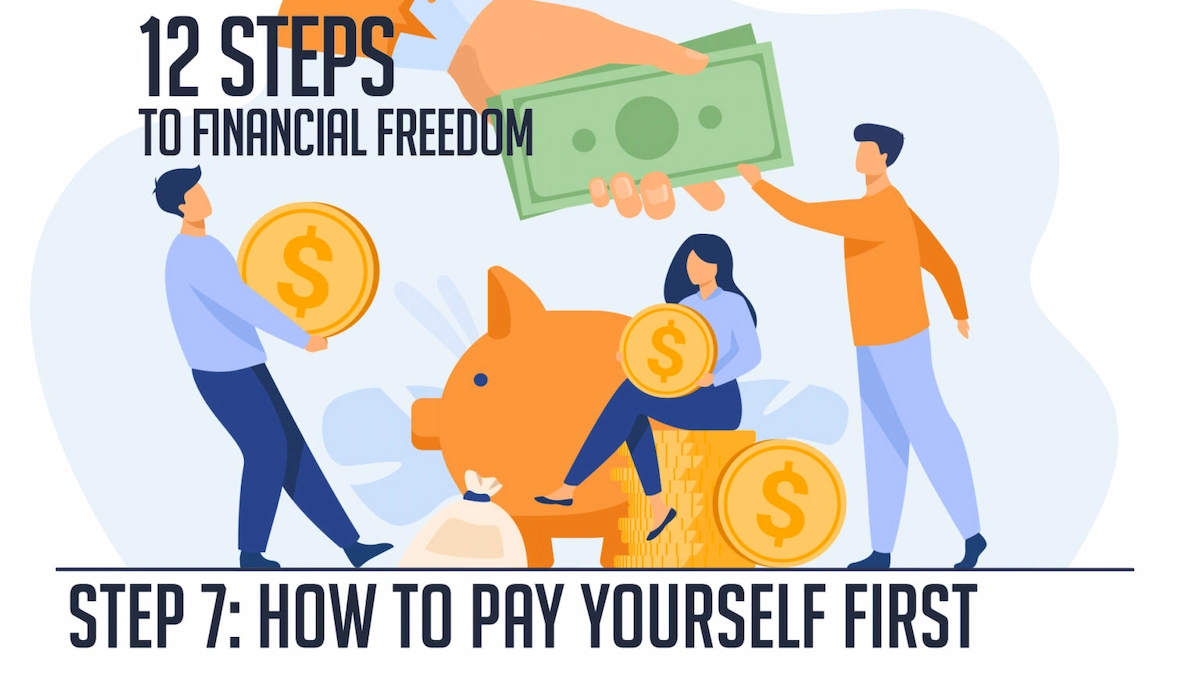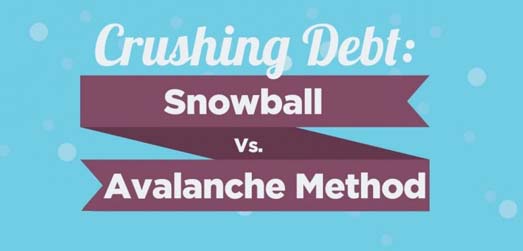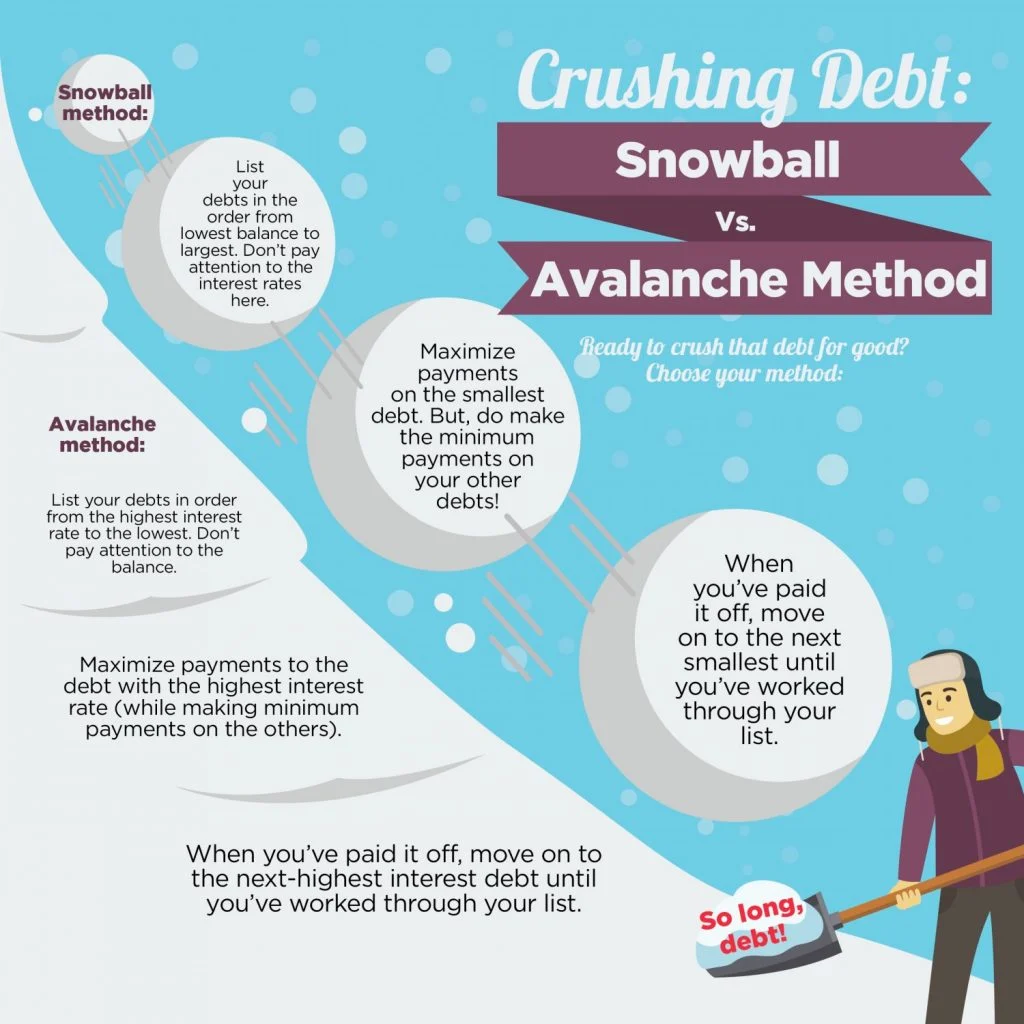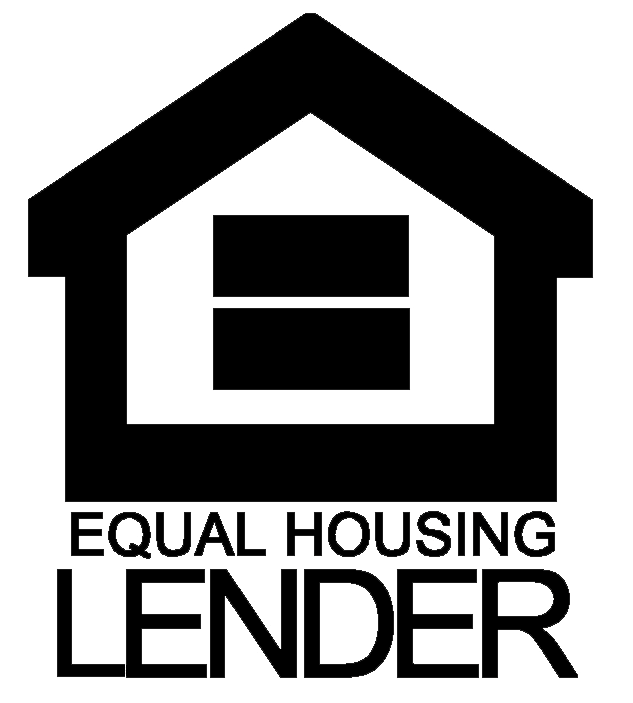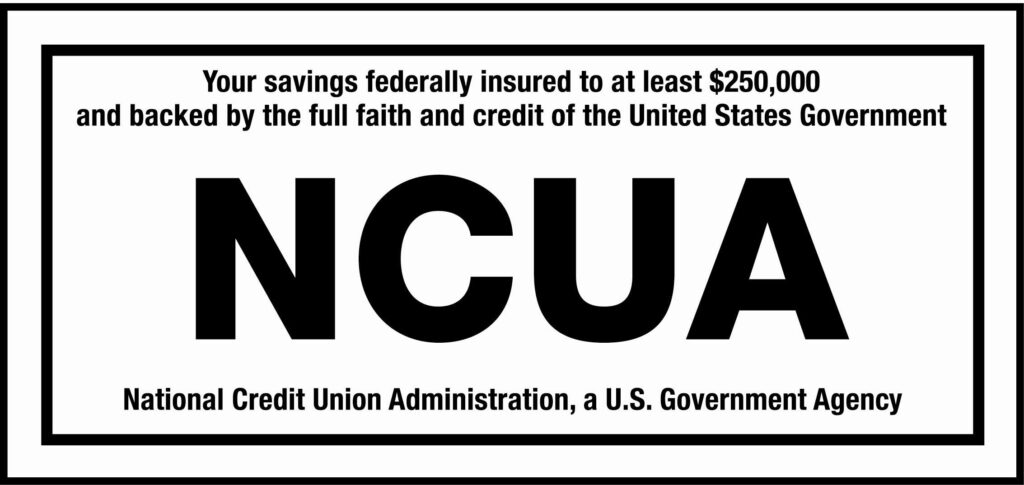12 Steps to Financial Freedom: Step 6: Pay It Forward
Step 6 : Pay it Forward
There’s so much good you can do with the money you’ve been blessed to have. There’s also a lot of good you can do with your time, talents, and possessions. Let’s explore some ways you can make the world better by paying it forward.
-
Donate funds to your favorite cause
The classic and simplest way to pay it forward is by supporting a charity or two that speaks to your heart. Make a donation that fits your budget to help make a difference. Be sure to verify the authenticity of the organization on a charity-vetting site, like Charity Navigator or CharityWatch. Don’t forget to save your receipt so you can claim a tax deduction.
-
Commit to do one random act of kindness each day
Kindness doesn’t have to be big, loud, or costly to make a difference. Small things can have a big impact on someone’s day. You can offer to make a coffee for your coworker, feed a parking meter that’s about to run out, remove a branch or rock from a busy thoroughfare or let someone go ahead of you at a checkout counter.
-
Write thank you letters
When was the last time you thanked your child’s teacher, your parents or your postal carrier? Pick up a set of thank you cards, and spend 20 minutes writing thank you letters. Your letters may be cherished by the recipients for many months or years to come.
-
Donate your time
Unfortunately, there are many people suffering from various hardships. With just a small donation of your time, you can help alleviate some of their suffering. Volunteer at a soup kitchen, help bring cheer to hospitals, offer to babysit for a couple who is going through hard times so they can have a night out or visit a lonely person. You can brighten someone’s day simply with your presence!
There are so many ways to pay it forward and make the world a better place. And when you give to others, you’re really giving to yourself by learning to be a better, kinder person.
The more you use AGCU for your day-to-day banking needs, the more you help support worthy causes – both locally and worldwide. We donate 10% of our annual earnings to support churches and ministries, educational scholarships and programs, and humanitarian efforts. Every day, we provide financial services to people across the United States and missionaries in 190 countries around the world.
Read Step 1: How to Track Your Spending
Read Step 2: Creating a Budget
Read Step 4: Have the Money Talk With Your Partner
Read Step 5: Practice Mindful Spending
Read Step 7: How to Pay Yourself First
Read Step 8: Know When and How to Indulge
Read Step 9: Build and Maintain an Excellent Credit Score
Read Step 10: Plan for Retirement
Read Step 12: Review and Tweak
Banking With A Purpose
Much more than a catchphrase, our tagline is our passion, our reason why we do what we do. This is the impact of your membership with AGCU.
Learn More About Banking with a Purpose


